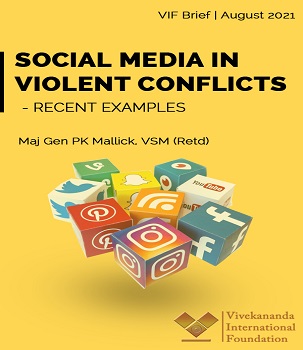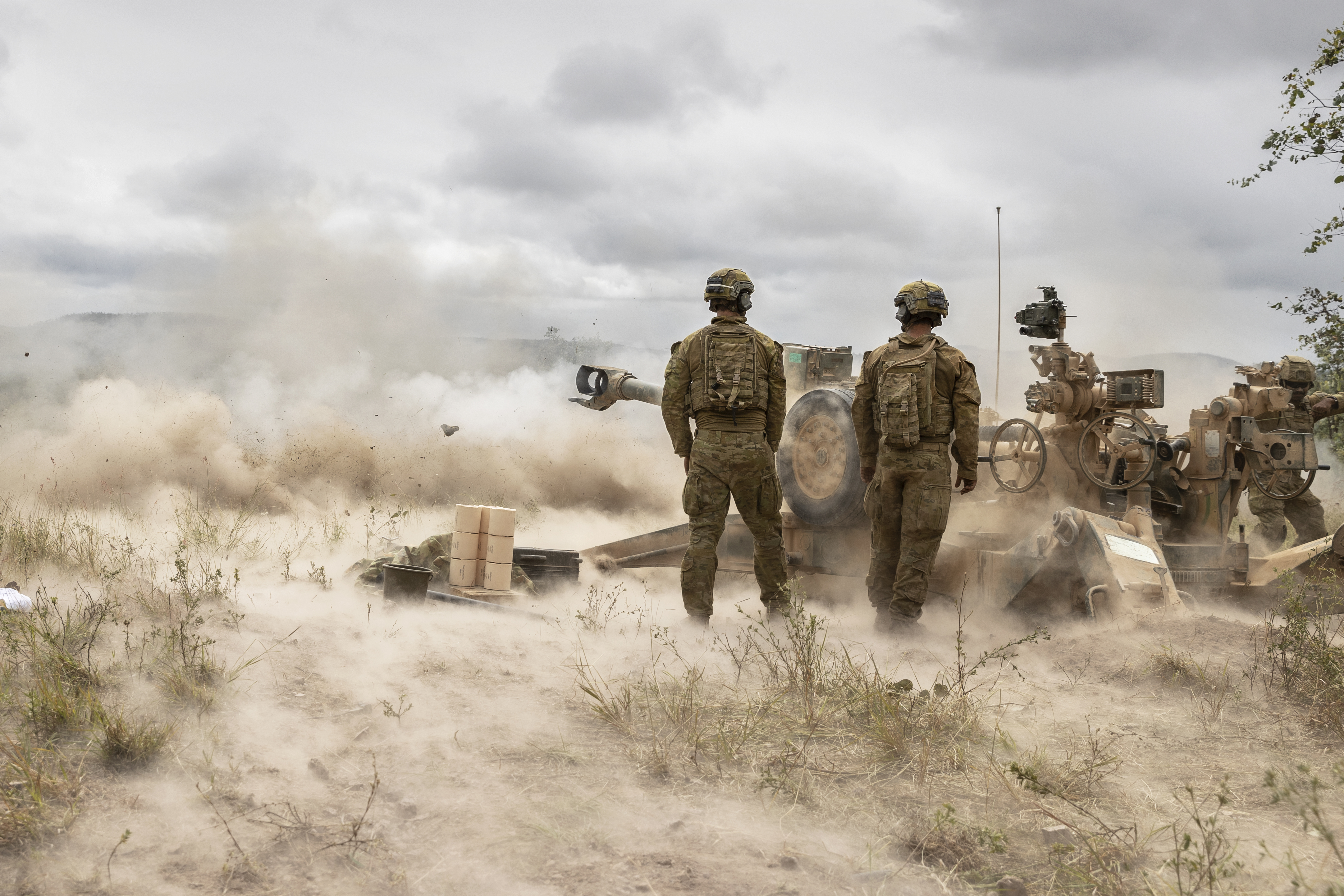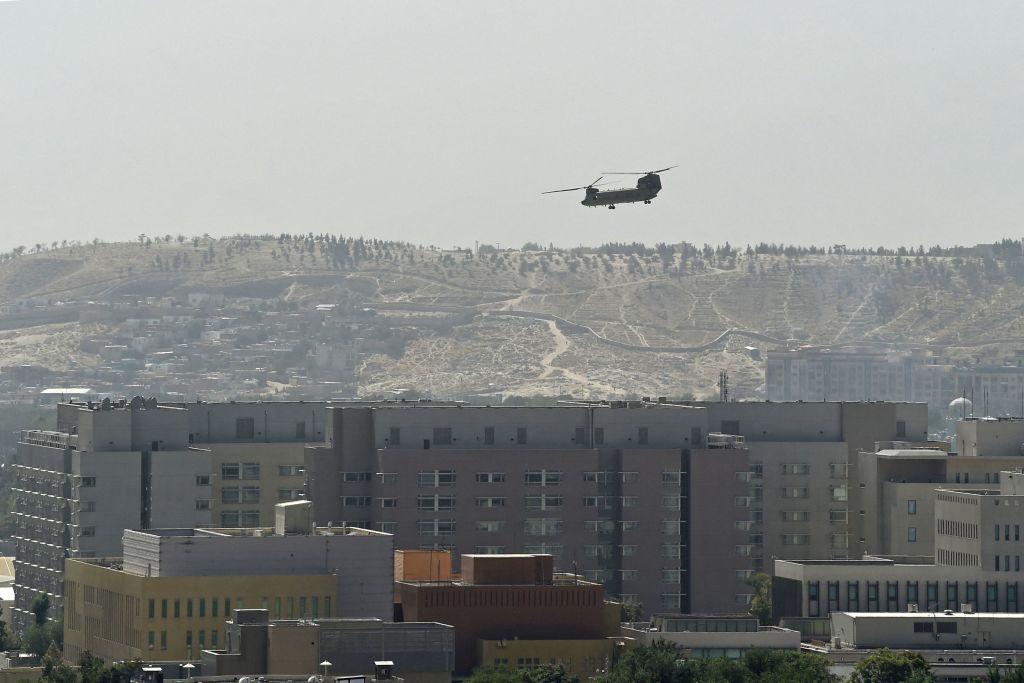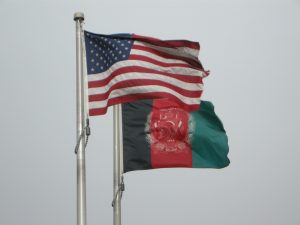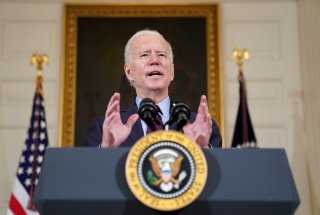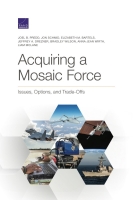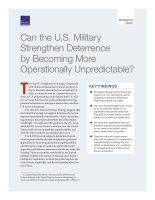Anthony H. Cordesman
Source Link
The U.S. already faces a crisis over managing its evacuation from Afghanistan, over how to treat Afghans that aided the U.S. in the war, and over which refugees it should allow to enter the United States. This crisis, however, is only the prelude to a far more serious crisis: How will the Taliban govern and what can be done to protect the nearly 38 to 40 million people that will now remain in Afghanistan under the Taliban’s rule.
Humanitarian aid is clearly not the answer. Such aid is necessary, and it can be an important bridge to a more stable future for those caught up in the actual fighting and in the immediate social and economic impact following the collapse of the previous Afghan government. The real challenge, however, is what can be done – if anything – to moderate the way in which the Taliban governs, shapes the Afghan economy, creates a new justice system, and enforces its interpretation of Islamic law and customs. It will be to limit repression, violence, and the tolerance of terrorism and attacks on targets outside Afghanistan.
Here, U.S. leverage is clearly limited. It is the defeated enemy. It is the symbol of the reforms and changes the Taliban rejects. It is not a major trading partner or source of commercial investment, and its definition of human rights and the rule of law is fundamentally different from the values the Taliban has lived by and has shown so far as it takes power. The U.S. also has already shown signs of turning away from any further involvement or challenges in the country. It never proposed any credible peace plan or future options for its involvement in Afghanistan after the first peace agreement in February 2020, and President Biden has rejected “nation building” without mentioning any need to consider how the U.S. will treat – or try to influence the new regime.
